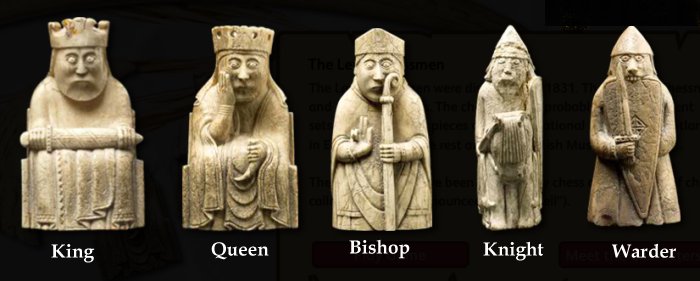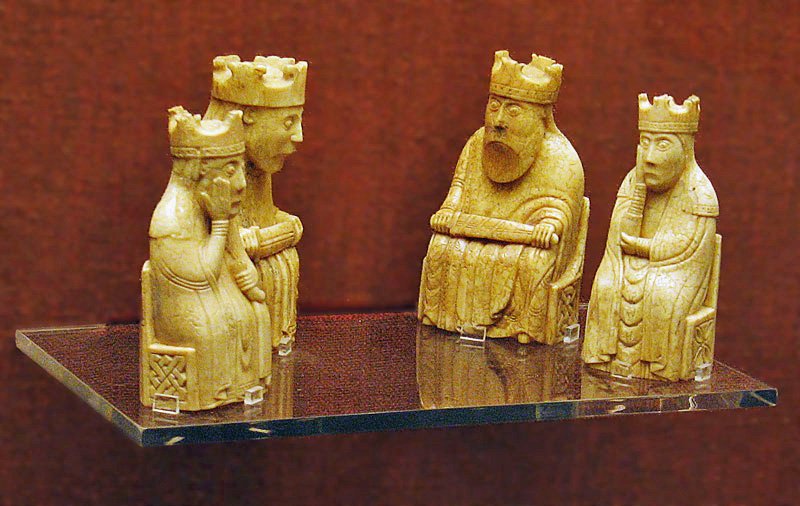Mystery Of The Beautiful Viking Uig Chessmen Found On The Isle Of Lewis, Scotland
Ellen Lloyd - AncientPages.com - On the beautiful Isle of Lewis in Scotland, many mysterious figures that today are known as the Uig Chessmen were discovered over 180 years ago.
The enigmatic Uig Chessmen, also known as Lewis Chessmen, are a legacy of the Vikings who once ruled over Scotland. The figures are unique masterpieces, and they have been described as the "greatest Chessmen of the European Middle Ages".
The true origin of the figures is still shrouded in mystery, but scientists who studied them are convinced they are of Norse origin. Based on the style of carving and dress, the pieces have been dated to the mid to late twelfth century.
The Discovery Of The Viking Chessmen
The Uig Chessmen were discovered in 1831 in a stone cist in the shifting dunes of Uig Bay at Ardroil, by Malcolm "Sprot" Macleod of the village of Pennydonald.

Uig Chessmen on the beach at Uig. Image credit: Isle of Lewis
The historically very important Viking chess set was placed inside a small stone chamber at the beach's edge.
What Are Uig Chessmen?
There were originally 93 gaming pieces known to us today. They include 78 chessmen, 14 tables men, and a buckle to secure a bag. The chess pieces were intricately carved from walrus tusk. They vary between 3.5cm and 10.2cm in height.
There were eight kings, eight queens, 15 knights, 16 bishops, 12 warders, and 19 pawns, perhaps indicating that there were eight sets. All the pieces are sculptures of human figures, except the pawns, which are geometric shapes and much smaller than the other pieces. Some of the chessmen found in Lewis were stained with red - and some historians say that this could have indicated that the chessboard may have been red and white instead of the black and white that is used nowadays.
Eleven chess pieces are in the National Museum of Scotland in Edinburgh, and 82 are in the British Museum in London.
Why Are The Uig Chessmen A Major Archaeological Discovery?
The Chessmen are one of the most significant archaeological discoveries ever made in Scotland, and they are of primary international importance.
"Berserker" rook, at the British Museum.
The construction of the Lewis Chessmen's began many centuries ago, high up in the Arctic Circle in the freezing waters of the Norwegian Sea. They were most likely made in Trondheim, Norway.
How the chess set ended up in the sandbank on the Isle of Lewis is unknown. Norse occupation of the Western Isles lasted for nearly five centuries, and the chessmen may have been hidden towards the end of our Viking period.
There is one interesting local story being circulated. It tells how the hoard was brought ashore much later by a young shipwrecked sailor, who made the mistake of telling a gillie he met in the hills what he was carrying. The dishonest gillie murdered the boy for the pieces and hid the pieces. He was later hanged for other crimes and allegedly confessed to the murder on the gallows.
Years later, Malcolm Macleod came upon the hoard of chessmen by chance. Rev Col AJ Mackenzie and a friend came across the bones of a boy in a cave in the hills and supposed they must have belonged to the young sailor. Whether this story is true remains unknown, but the ancient chessmen are very real.
Updated on June 8, 2022
Written by Ellen Lloyd - AncientPages.com
Copyright © AncientPages.com All rights reserved. This material may not be published, broadcast, rewritten or redistributed in whole or part without the express written permission of AncientPages.com
More From Ancient Pages
-
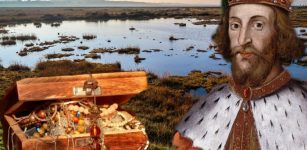 Bad King John’s Lost Treasure May Be Hidden Near The Walpole Marsh In The Fenlands – Archaeologists Say
Archaeology | Mar 27, 2024
Bad King John’s Lost Treasure May Be Hidden Near The Walpole Marsh In The Fenlands – Archaeologists Say
Archaeology | Mar 27, 2024 -
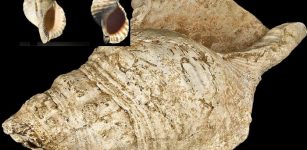 18,000-Year-Old Seashell Was Musical Wind Instrument Used By Magdalenian People
Artifacts | Feb 11, 2021
18,000-Year-Old Seashell Was Musical Wind Instrument Used By Magdalenian People
Artifacts | Feb 11, 2021 -
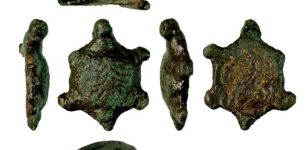 Roman Copper-Alloy Tortoise Figurine Discovered In Suffolk, UK
Archaeology | Dec 4, 2023
Roman Copper-Alloy Tortoise Figurine Discovered In Suffolk, UK
Archaeology | Dec 4, 2023 -
 Ancient Mystery Of The Biblical Canaanites – New DNA Insight
Archaeology | May 28, 2020
Ancient Mystery Of The Biblical Canaanites – New DNA Insight
Archaeology | May 28, 2020 -
 New Video Footage Reveals Intriguing Viking-Style Shipwreck At The Bottom Of Norway’s Largest Lake Mjøsa
Archaeology | May 5, 2023
New Video Footage Reveals Intriguing Viking-Style Shipwreck At The Bottom Of Norway’s Largest Lake Mjøsa
Archaeology | May 5, 2023 -
 Egyptian Blue: World’s Oldest Artificial Pigment
Ancient History Facts | Feb 6, 2016
Egyptian Blue: World’s Oldest Artificial Pigment
Ancient History Facts | Feb 6, 2016 -
 Long-Lost Roman Bridge Re-Discovered In Chepstow River Wye Mud, UK
Archaeology | Aug 12, 2023
Long-Lost Roman Bridge Re-Discovered In Chepstow River Wye Mud, UK
Archaeology | Aug 12, 2023 -
 Humanity’s Earliest Recorded Kiss Occurred In Mesopotamia 4,500 Years Ago – New Study
Archaeology | May 18, 2023
Humanity’s Earliest Recorded Kiss Occurred In Mesopotamia 4,500 Years Ago – New Study
Archaeology | May 18, 2023 -
 Gruesome Discovery Of Headless Bodies In Vráble, Slovakia – Remains Of Stone Age Cult Victims Unearthed
Archaeology | Sep 24, 2022
Gruesome Discovery Of Headless Bodies In Vráble, Slovakia – Remains Of Stone Age Cult Victims Unearthed
Archaeology | Sep 24, 2022 -
 2,000-Year-Old Roman Sandal With Nails Found In Germany
Archaeology | Jun 28, 2024
2,000-Year-Old Roman Sandal With Nails Found In Germany
Archaeology | Jun 28, 2024 -
 On This Day In History: Father Of Nation Mahatma Gandhi Was Born – On Oct 2, 1869
News | Oct 2, 2016
On This Day In History: Father Of Nation Mahatma Gandhi Was Born – On Oct 2, 1869
News | Oct 2, 2016 -
 10 Remarkable Advanced Ancient Technologies Ahead Of Their Times
Ancient Technology | Jul 23, 2019
10 Remarkable Advanced Ancient Technologies Ahead Of Their Times
Ancient Technology | Jul 23, 2019 -
 Cajamarca, Peru: Three Archaeological Sites – Identified
Archaeology | Aug 24, 2015
Cajamarca, Peru: Three Archaeological Sites – Identified
Archaeology | Aug 24, 2015 -
 Pyramid Of Djoser May Have Been Constructed Using Hydraulic Lift Technology – Scientists Say
Archaeology | Aug 5, 2024
Pyramid Of Djoser May Have Been Constructed Using Hydraulic Lift Technology – Scientists Say
Archaeology | Aug 5, 2024 -
 Secrets Of The Melsonby Hoard – Largest Iron Age Treasure In The UK
Archaeology | Mar 27, 2025
Secrets Of The Melsonby Hoard – Largest Iron Age Treasure In The UK
Archaeology | Mar 27, 2025 -
 Odin: Norse God Of War And Magic – Most Complex Figure Of The Norse Pantheon
Myths & Legends | Oct 27, 2016
Odin: Norse God Of War And Magic – Most Complex Figure Of The Norse Pantheon
Myths & Legends | Oct 27, 2016 -
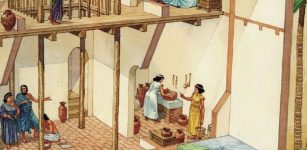 What Did Houses For Ordinary People In Sumer Look Like?
Ancient History Facts | Jul 30, 2017
What Did Houses For Ordinary People In Sumer Look Like?
Ancient History Facts | Jul 30, 2017 -
 On This Day In History: Foundation Stone Of The Royal Greenwich Observatory In London Was Laid – On August 10, 1675
News | Aug 10, 2016
On This Day In History: Foundation Stone Of The Royal Greenwich Observatory In London Was Laid – On August 10, 1675
News | Aug 10, 2016 -
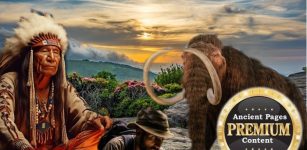 Prehistoric Anomaly On The Tennessee-North Carolina Border Baffles Scientists
Featured Stories | Jul 30, 2024
Prehistoric Anomaly On The Tennessee-North Carolina Border Baffles Scientists
Featured Stories | Jul 30, 2024 -
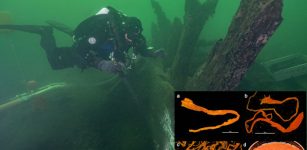 Treasure Trove Of Spices Found On The Sunken Medieval Ship Gribshunden
Archaeology | Feb 11, 2023
Treasure Trove Of Spices Found On The Sunken Medieval Ship Gribshunden
Archaeology | Feb 11, 2023

